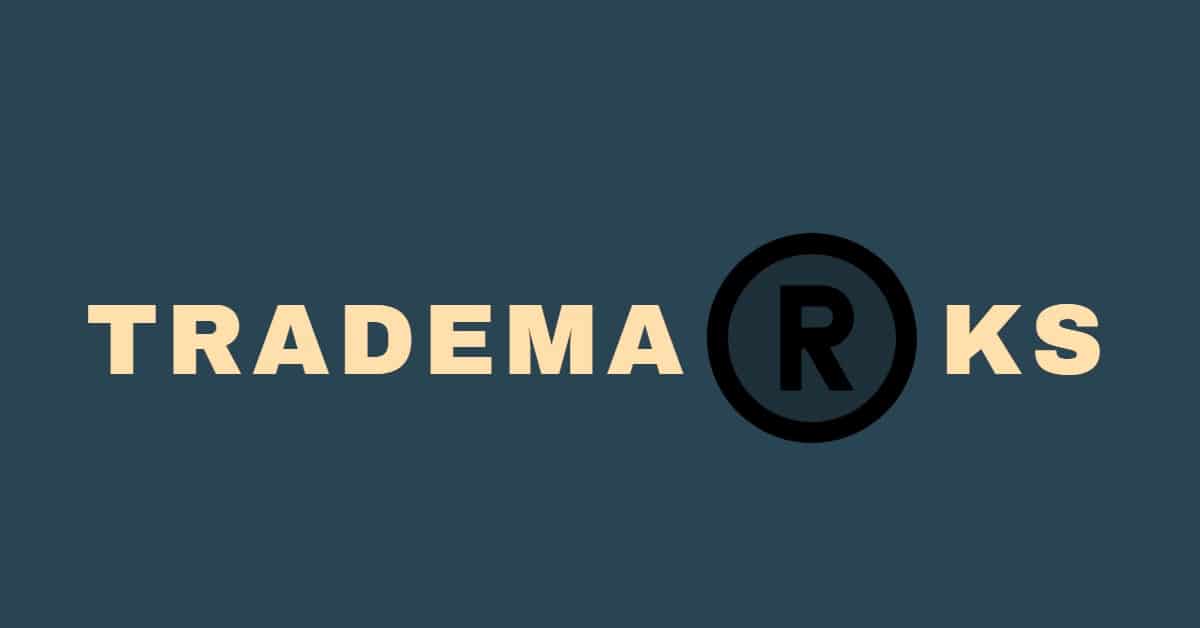Companies are still trying to trademark top level domains but the USPTO says no.

Examiners at the U.S. Patent and Trademark Office must feel like a broken record. Despite making it clear that the USPTO won’t issue trademarks for marks acting as top level domains, applicants keep trying.
Unstoppable Domains, a company that offers blockchain-based domain registrations, has filed trademark applications for .nft, .doge, .web3, .dao, .bch, .blockchain, .go, .x, .888 and .coin, .wallet, .coin, and .crypto, along with many of these without the leading dot.
It actually managed to sneak one through the USPTO. It applied for “Defi” for “Domain name registration services” on an intent-to-use basis and didn’t include a leading dot. The USPTO issued a notice of allowance on August 10, giving the company six months to either file a statement of use or ask for an extension.
But the other applications are all meeting a familiar fate. The USPTO doesn’t issue trademarks for marks acting as top level domain names. Unstoppable Domains doesn’t want to be stopped, though. A recent Office Action denying the application for .crypto lays out some of the company’s arguments:
- It’s not really a domain registry operator as outlined in Trademark Manual of Examining Procedure 1215.02d
- Because Unstoppable’s blockchain domains provide additional functionality, consumers would view a mark such as .CRYPTO as more than just a top-level domain name
- Unstoppable’s domains are different from regular domains because they are non-fungible assets (which is true of all domains!)
It has also amended some of its applications to be for “Domain name registration services for Alternative Root Blockchain domains; Registration of Alternative Root Blockchain domain names for identification of users on a global computer network” to specify that these are alternative root domains.
The trademark examiners aren’t buying it.
Unstoppable isn’t the only company giving it a shot. Chad Folkening’s company IPHQ LLC recently applied for .chain.
The point of applying for these marks is to keep other people from using them, be they other alt-root operators or, eventually, “real” top level domains. If ICANN were to open a new round today, people would certainly apply for .nft, .blockchain, and .crypto. They would sell for lots of money in auctions. Eventually, this means there will be collisions between domains created for blockchains and those in the main root. So the only way I can read these applications is that they are trying to get a leg up in the ICANN process by trademarking the terms or keeping others from creating competing blockchain-based domains. Companies tried this in the 2012 expansion round, and it didn’t work out for them.






We have a 7 digit investment in our “chain” portfolio at RealtyDAO and purchasing the HNS .chain asset for 3 btc, we have to try and protect our assets and one way is trying for the Trademark. We followed UD on this approach and like domain whois, we can show use of the brand in commerce for services and who has rights, usage, etc. are part of the point of filing. Either way, we are focusing more on building value on a decentralized tech stack and protecting that brand for RDAO members will continue with our without a trademark registration and things do change with time and education..
.Realtor route would be easier
Hey Chad. I like this as part of your strategy to protect your mark. I look forward to our next conversation.
Todd